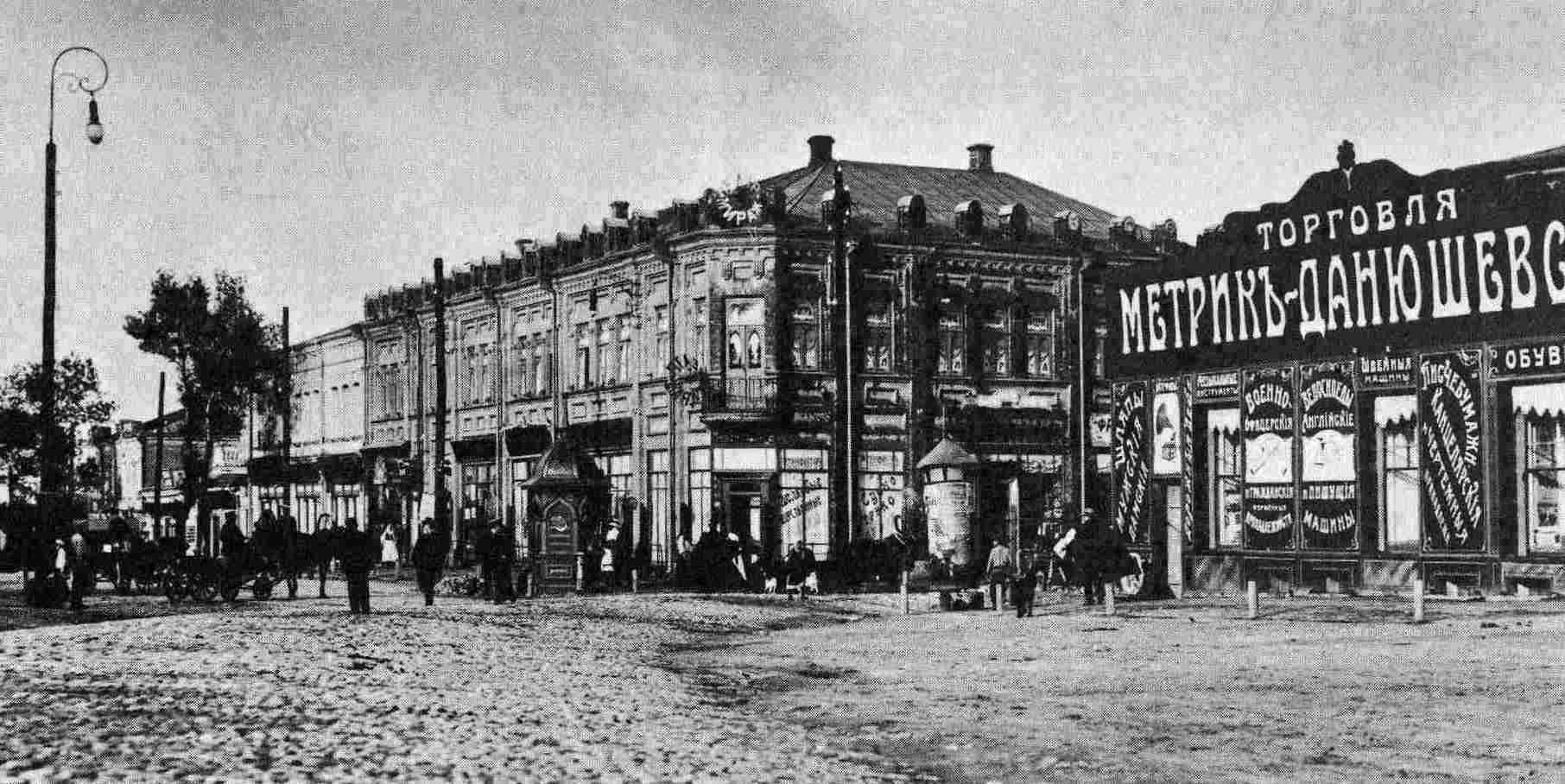Minsk
Minsk was annexed by Russia in 1793 as a consequence of the Second Partition of Poland. In 1796 it became centre of the Minsk Governorate (province). All Polish street names were changed to Russian ones, however spelling of the city's name remained unchanged.
In 1805 a municipal garden was established by the Minsk governor for the enjoyment of local residents. By 1811 Minsk had about 11,000 residents. Its development was interrupted by Napoleon's invasion of Russia in 1812. During the French occupation there was a struggle between the Polish and Belarusian elites for the control of the city. Poles strove for a revival of the Kingdom of Poland while Belarusians hoped for their national homeland. By the end of the French occupation Minsk had only 3,500 residents and large parts of the city were completely destroyed during the fighting between the French and the Russian armies.
In 1830 was one of the centres of the November Uprising in Poland, Lithuania and Belarus. Since 1831 use of Belarusian and Polish languages has been banned, and Russian was introduced as the only official language. In 1835 Minsk was officially included into the Pale of Settlement, which later led to a rise in Jewish population. Throughout the 19th century the city grew and significantly improved. In the 1830s major streets and squares of Minsk have been cobbled and paved. A first public library was opened in 1836, a fire brigade was put into operation in 1837. In 1838 first local newspaper, Minskie gubernskie vedomosti ("Minsk province news") went into circulation. First theatre was established in 1844. By 1850 Minsk had a dozen of schools and two colleges. By 1860 Minsk was an important trading city with population of 27,000. There was a construction boom which led to building 2- and 3-storey brick and stone houses in Upper Town.
Minsk was one of the Belarusian cities, which supported the January Uprising in Poland, Lithuania and in Belarus in 1863-64. It was under Russian martial law from 1863 to 1870. The suppression of the uprising led to increased repressions against use of the Polish and Belarusian languages, particularly in education and newspapers.
Development of the city was boosted by improvements in transportation. In 1846 Moscow-Warsaw road was laid though Minsk. In 1871 railway link between Moscow and Warsaw ran via Minsk, and in 1873 a new railway from Romny in Ukraine to the Baltic Sea port of Libava (Liepāja). Thus Minsk became an important rail junction and a manufacturing hub. Municipal water supply was introduced in 1872, telephone – in 1890, horse tram – in 1892, and first power generator – in 1894. By 1900 Minsk had 58 factories employing 3,000 workers. The city had theatres, cinemas, newspapers, schools and colleges, as well as numerous monasteries, churches, synagogues and a mosque. According to the 1897 Russian census the city had 91,494 inhabitants, the majority of them Jews. Other large groups were Poles and Russians. Belarusians made only 8% of Minsk's then population (some historians believe, many Belarusians were counted as Russians to boost the number of the latter).
Type
Large town
Owner/Ruler
Owning Organization
Characters in Location



Comments